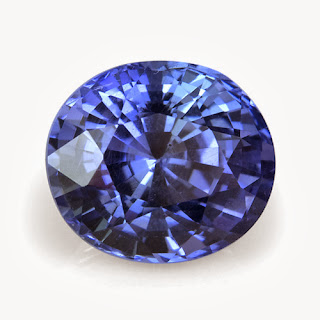 Recently I fell in love with yellow gold; before that I have always only loved white gold. Given the gold price is fairly low at the moment it is actually a good time to get gold jewelry made. I have become such a 'yellow fan' I really wanted a yellow sapphire set in yellow gold. Pictured is the result. Photos really don't do justice.
Recently I fell in love with yellow gold; before that I have always only loved white gold. Given the gold price is fairly low at the moment it is actually a good time to get gold jewelry made. I have become such a 'yellow fan' I really wanted a yellow sapphire set in yellow gold. Pictured is the result. Photos really don't do justice.I designed it along with a local jeweler. We decided to make the ring in mat finish. Stone looks magnificent against the mat background. I also wanted this to be a dress ring that I can wear everyday. Instead of spending money on cheaper fashion jewelry which I never feel like wearing twice, I thought its better to spend a bit more and get something made that I wouldn't get sick of wearing. It has worked so far, I wear it every day and I get so many compliments on it. And it feels special have a handmade jewelry.
Yellow sapphires are relatively inexpensive, yet so beautiful.













